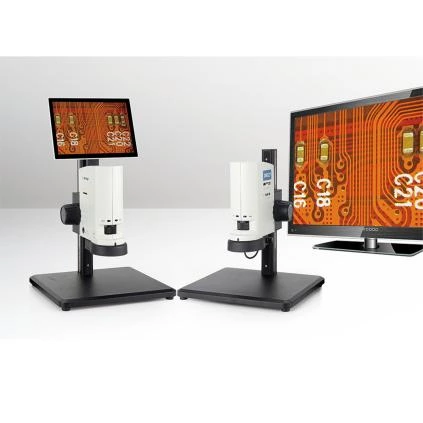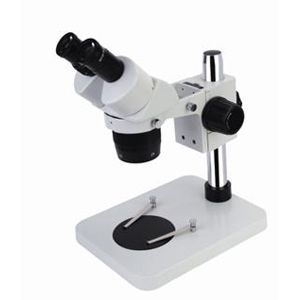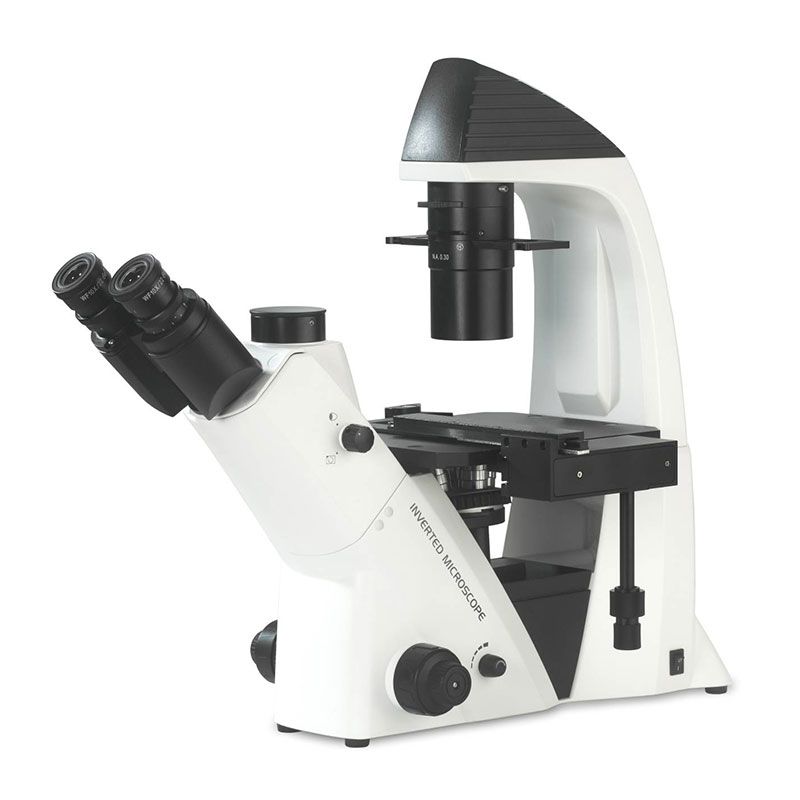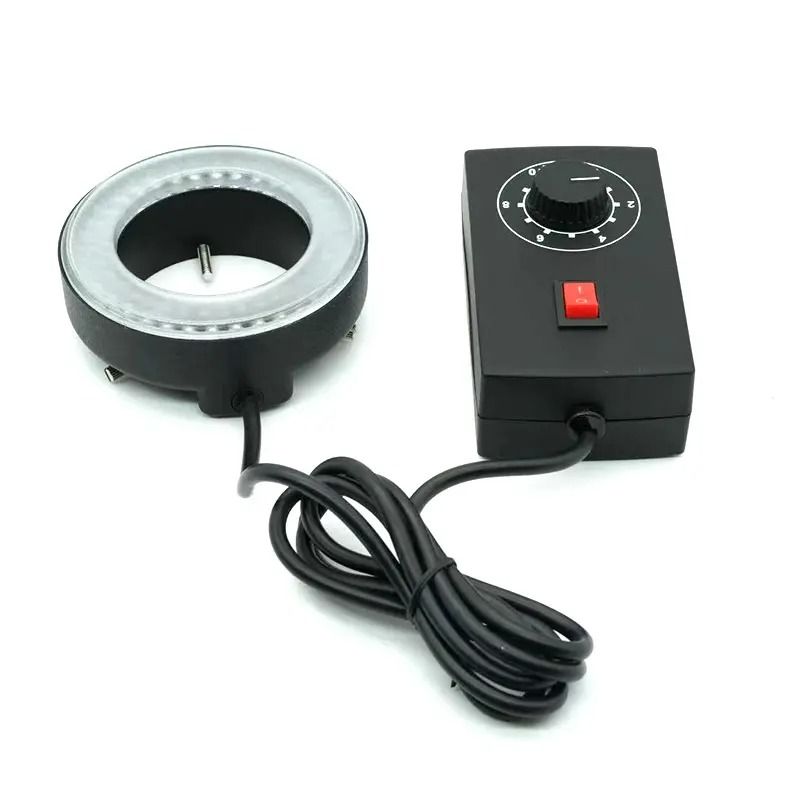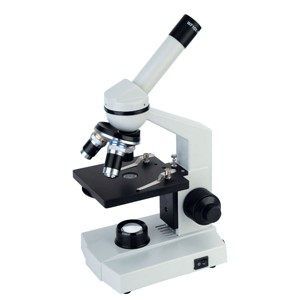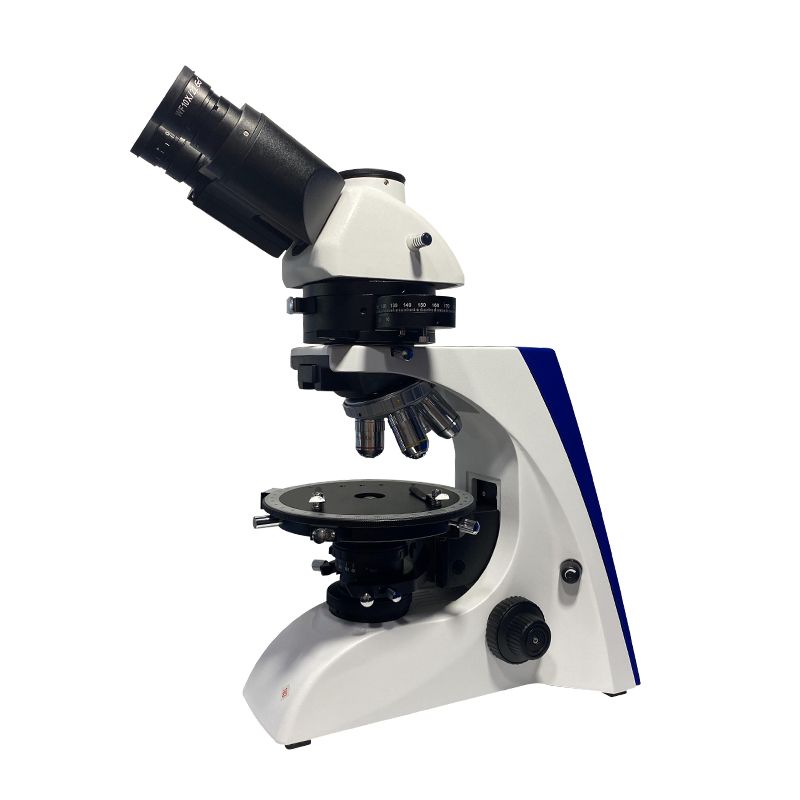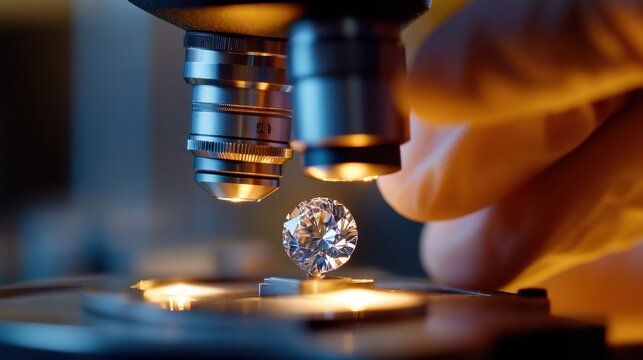
In the case of jewellers and gem lovers alike, a microscope is much more than a tool — it is an extra “eye” for discovering a gem’s hidden beauty and secrets. From assessing a diamond to evaluating embedded impurities within a ruby, to looking for treatment residue in a sapphire, and more — a microscope can drastically transform the way you view and assess a gemstone.
But what type of microscope do jewellers primarily use?
The answer is the Gemological Microscope, but there are a number of additional considerations to take into account before purchasing. Let’s explore this in depth.
Types of Microscopes You’ll Come Across
Instead of going straight into what jewellers utilize, it is useful to know the various types of microscopes along with what each one is capable/or not capable of doing.
| Type | Key Features | What You Can See | Common Uses |
| Hand Lens (Jeweller’s Loupe) | Portable, 10x magnification | Surface flaws, basic inclusions | Quick inspection, on-the-go appraisals |
| Stereo Microscope | 3D viewing, dual eyepieces | Internal inclusions, surface marks | Training, general gem study |
| Gemological Microscope | Darkfield lighting, gem clamp, polarization filters | Internal structure, clarity, treatments | Professional gem grading & identification |
| Digital Microscope | Camera + screen setup | Macro images for sharing or teaching | Classroom or online demonstrations |
An astute professional wishing to grade or appraise gems requires something more sophisticated than standard microscope optics – a gemological microscope with controlled lighting.
So, Which Microscope Do Jewellers Actually Use?

Almost every jeweller and gemologist uses a specially crafted type of stereo microscope known as a Gemological Binocular Microscope, which is an important tool for examining gemstones.
You need darkfield illumination and polarized filters, darkfield and polarized filters, a rotating stage and a stone clip — all of which are essential for hands-free meticulous checking from several perspectives which is necessary for checking.
Key Components of a Gemological Microscope:
- Darkfield condenser – Shows tiny inclusions and internal growth forms by preventing direct light.
- Diffused top light – Shows surface details such as scratches and polish.
- Polarizing filters – Assist in detecting double refraction and strain in crystals.
- Rotating Gem Stage and stone clip – Provides simple 360° viewing without touching the stone.
These attributes enable the user to differentiate between natural, synthetic, and treated gems, something no regular laboratory microscope can do.
Why Jewellers Prefer Gemological Microscopes
Now that you know the type, let’s talk about why gemologists prefer them over other options.
What Jewellers Need to Inspect
| Gem Evaluation Task | Observation Need | Why Gemological Microscope Wins |
| Inclusions & clarity | Clear 3D detail under darkfield | Shows internal inclusions sharply |
| Surface flaws & polish marks | Controlled reflected light | Reveals scratches and polish lines |
| Treatment signs (heat, filling, coating) | Polarized or fiber-optic lighting | Exposes stress patterns and alteration |
| Cut quality & symmetry | 360° rotation stage | Allows consistent, angle-by-angle viewing |
Gemological microscopes, allow view of various types of gems and they even allow for adjustable lighting for a better view.
Permit use of a standard microscope for a closer view, it gives a crystal a flat 2D appearance. Barely usable for a gem due to simplicity.
Different Microscopes for Different Jobs
| Feature | Biological Microscope | Stereo Microscope | Gemological Microscope (for Jewellers) |
| Lighting Type | Brightfield only | Top or side light | Darkfield + Diffused + Polarized light |
| Depth of Field | Shallow | Moderate | High (true 3D clarity) |
| Designed for Transparent Gems | No | Yes (partly) | Perfectly suited |
| Gem Holding & Rotation | No | Yes | Professional clip & rotating base |
| Professional Grading Use | No | No | Industry standard |
Gemological microscopes are built around the gemstone — not the other way around.
Summary
So, to answer the big question once again:
Jewellers use Gemological Microscopes — specifically binocular stereo microscopes with darkfield illumination.
Because they can show inclusions, growth lines, and the minute details of treatment that other microscopes fail to, gems can work with the clarity gemstones which stands alone to help define a gems real and appraised value in inclusions and treatment authenticity.
